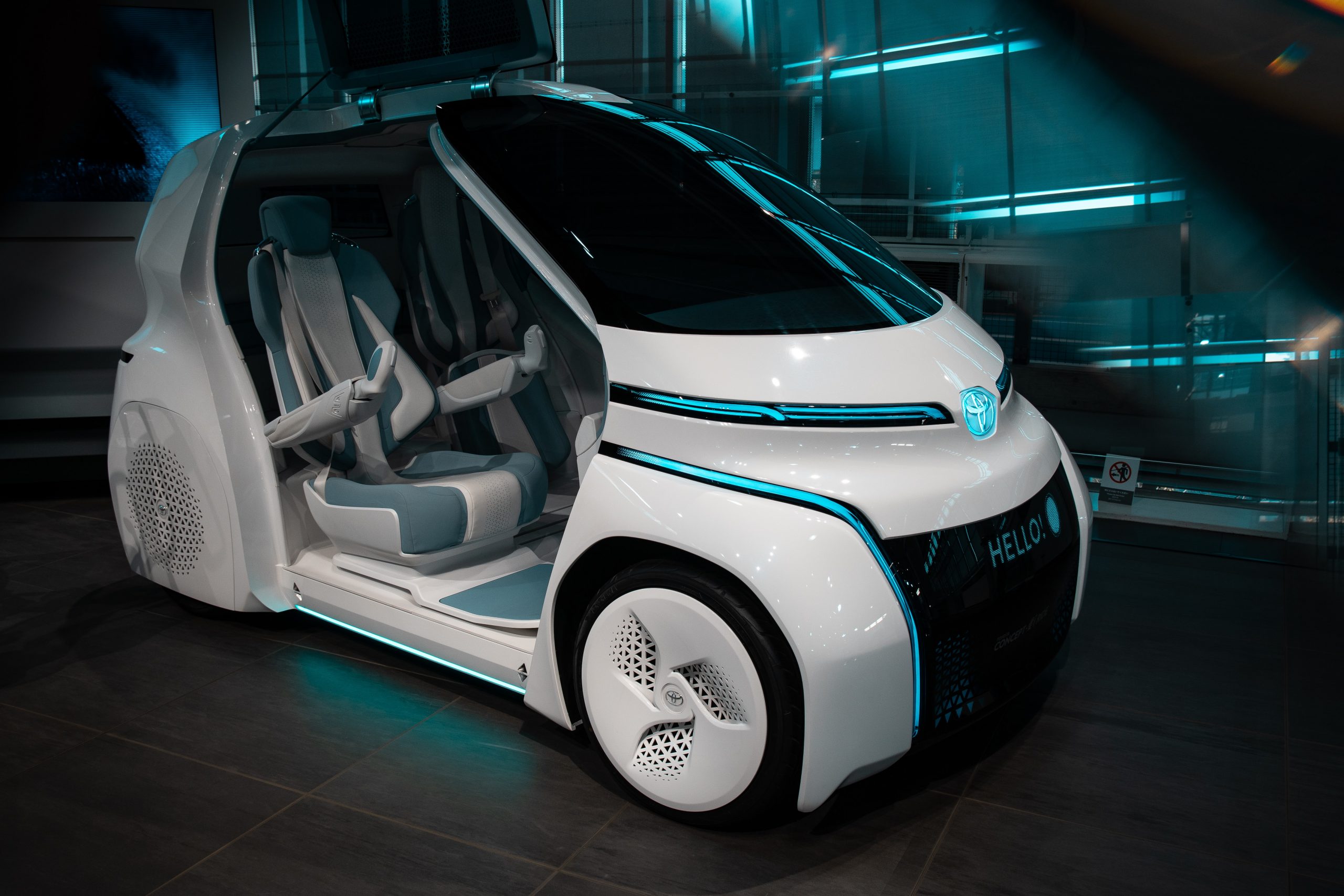
Integrating Automated Vehicles with 5G Networks to Realize the Future of Transportation
Summary
Widespread deployment of fully automated or “autonomous” vehicles (AVs) that can operate without human interaction would make travel easier, cheaper, and safer. Reaching this highest level of automation requires AVs to be connected to 5G networks, which in turn allows AVs to communicate with “smart”, 5G-connected roadway infrastructure. The federal government can support progress towards this goal through a three-part initiative. Part 1 would establish Transportation Infrastructure Pilot Zones to field-test the integration of AV technology with 5G networks in settings across the country. Part 2 would create a National Connected AV Research Consortium to pursue connected-vehicle research achieving massive scale. Part 3 would launch a targeted research initiative focused on ensuring safety in a connected AV era, and Part 4 would create a new U.S. Corps of Engineers and Computer Scientists for Technology to embed technically skilled experts into government. With primary support from the National Highway and Traffic Safety Administration (NHTSA), the National Science Foundation (NSF), and the Department of Defense (DOD), this initiative would also help develop a basic framework for achieving a 90% reduction in vehicle crashes nationwide, deliver new transportation services, and establish national standards for AV technology. Initiative outcomes would promote U.S. global leadership in AVs, create new jobs and economic opportunities, and prepare the U.S. workforce to integrate technology of the future into systems of the present.
The transition to a clean energy future and diversified sources of energy requires a fundamental shift in how we produce and consume energy across all sectors of the U.S. economy.
Advancing the U.S. leadership in emerging biotechnology is a strategic imperative, one that will shape regional development within the U.S., economic competitiveness abroad, and our national security for decades to come.
Inconsistent metrics and opaque reporting make future AI power‑demand estimates extremely uncertain, leaving grid planners in the dark and climate targets on the line
As AI becomes more capable and integrated throughout the United States economy, its growing demand for energy, water, land, and raw materials is driving significant economic and environmental costs, from increased air pollution to higher costs for ratepayers.